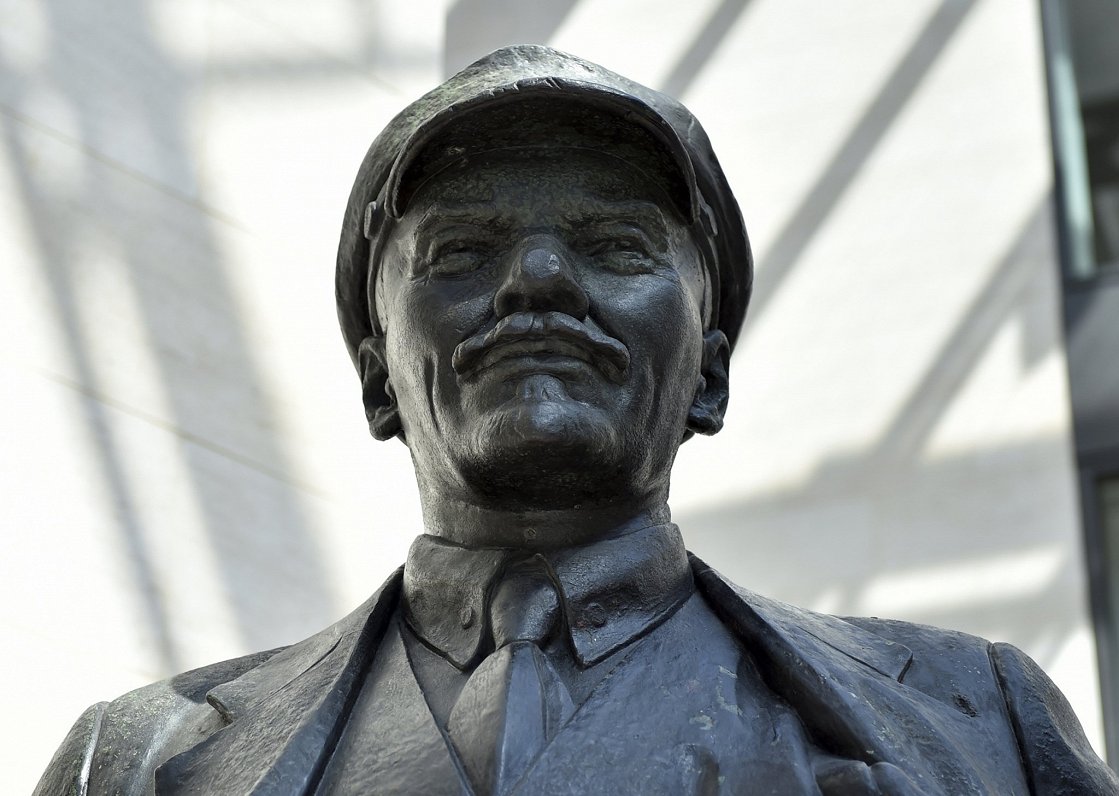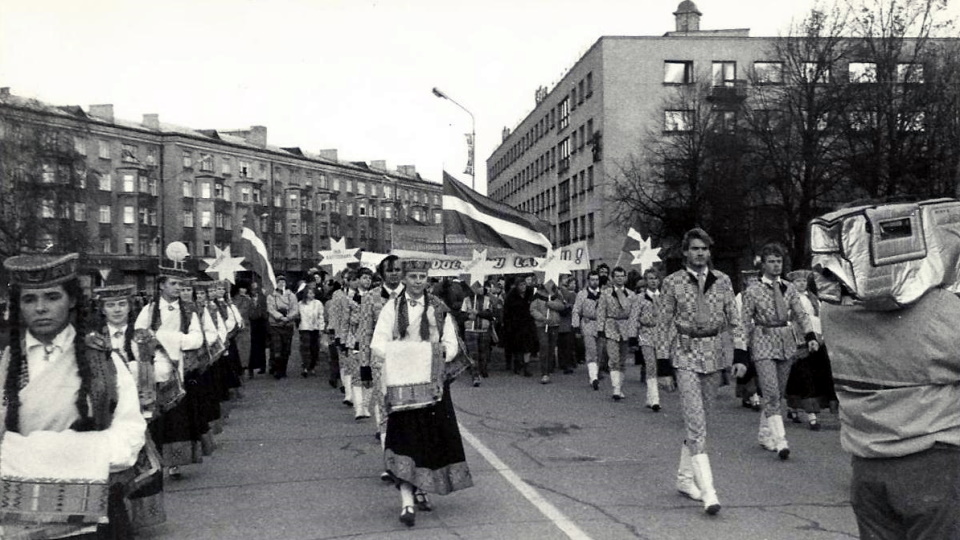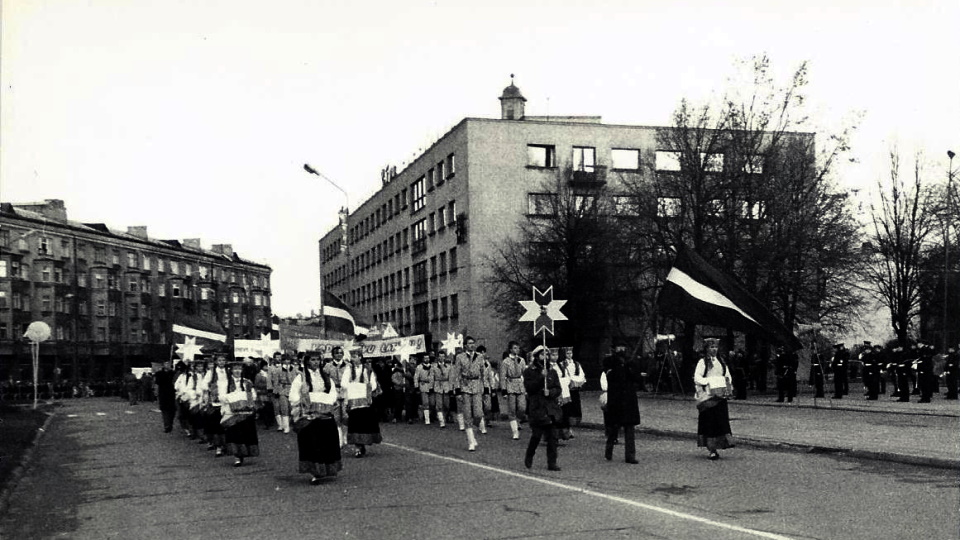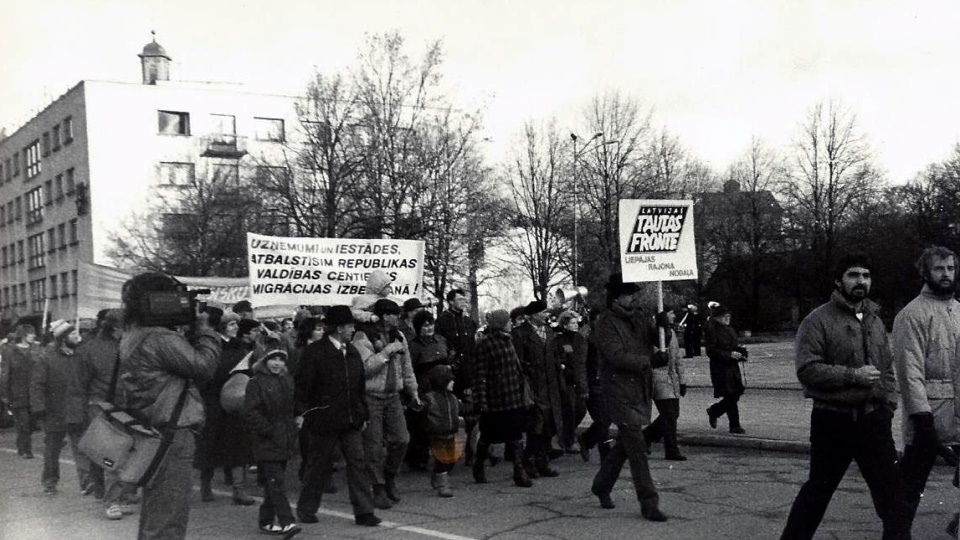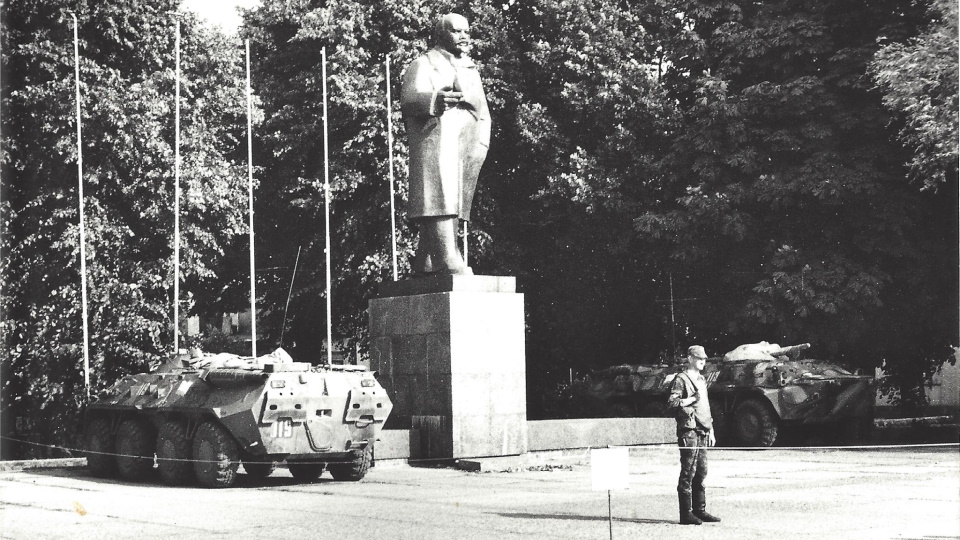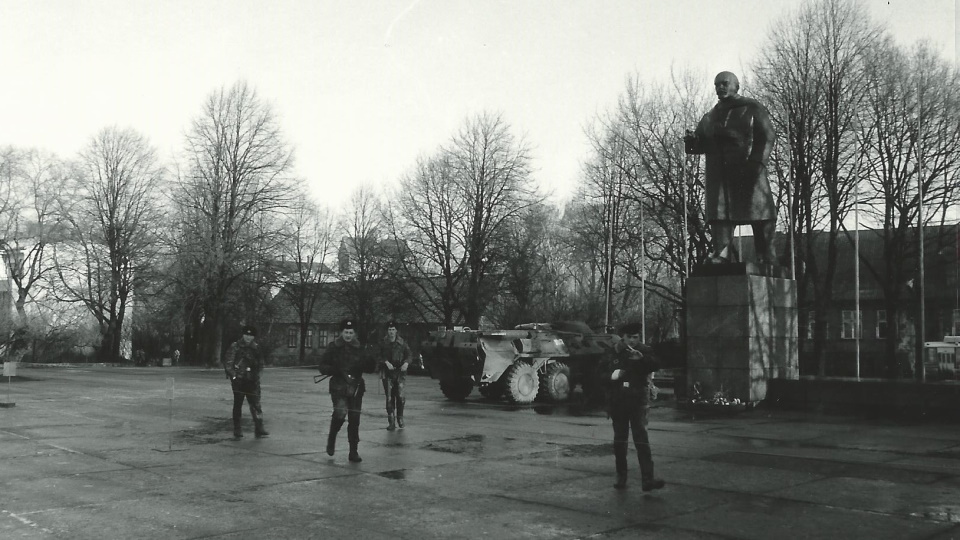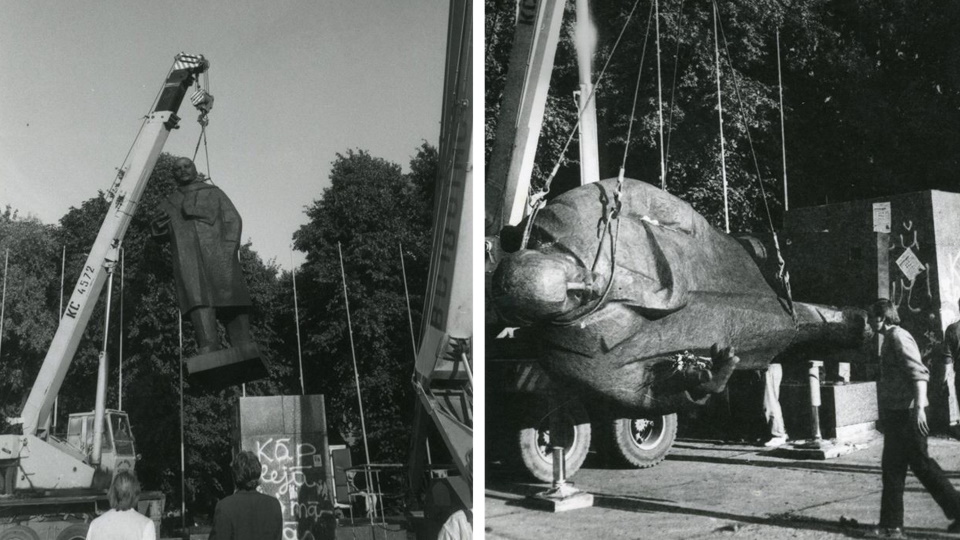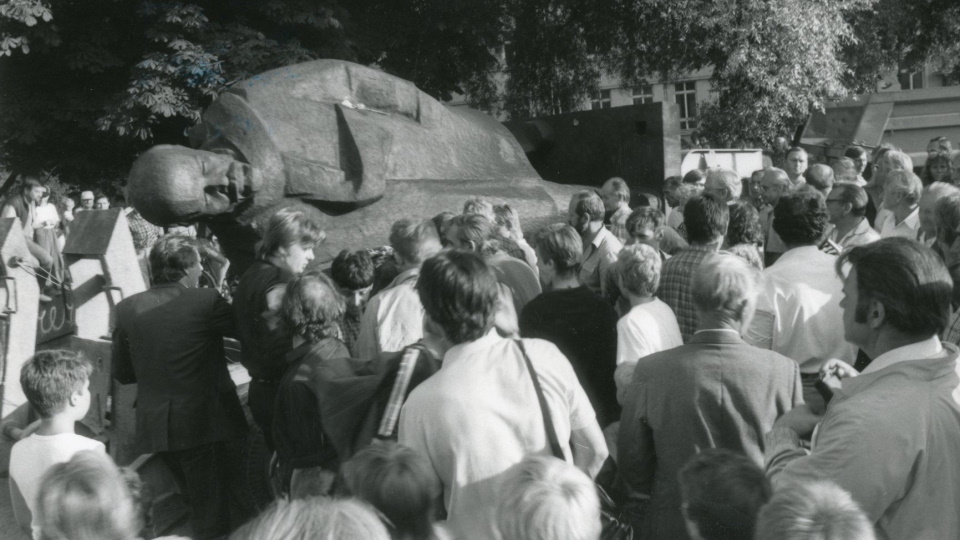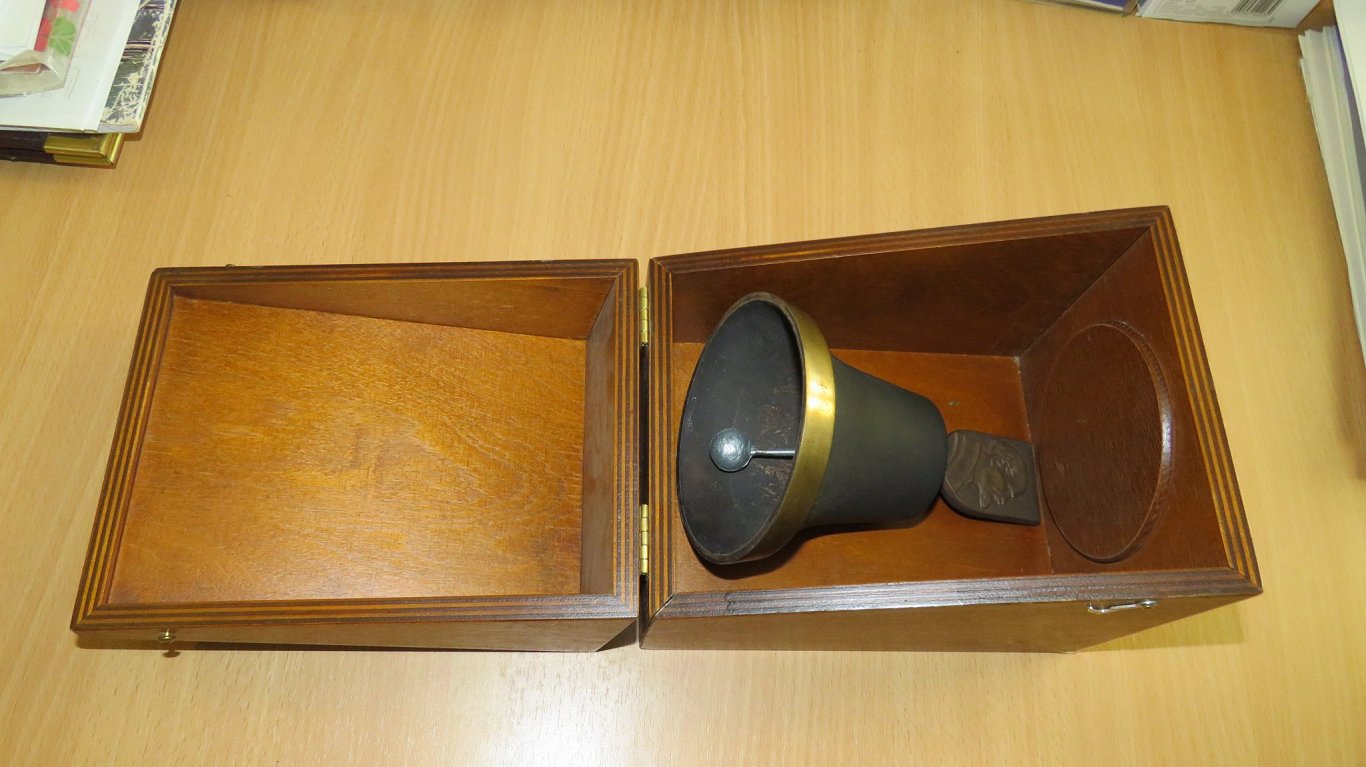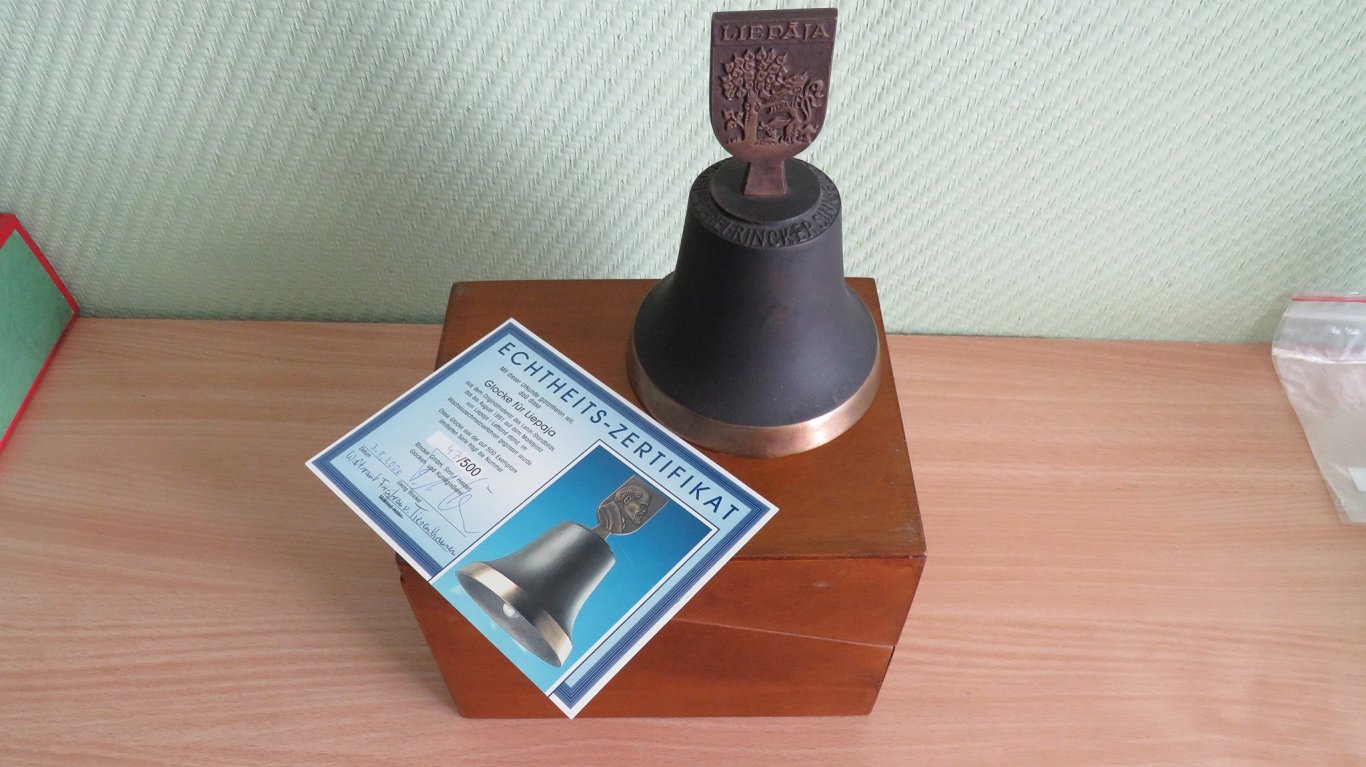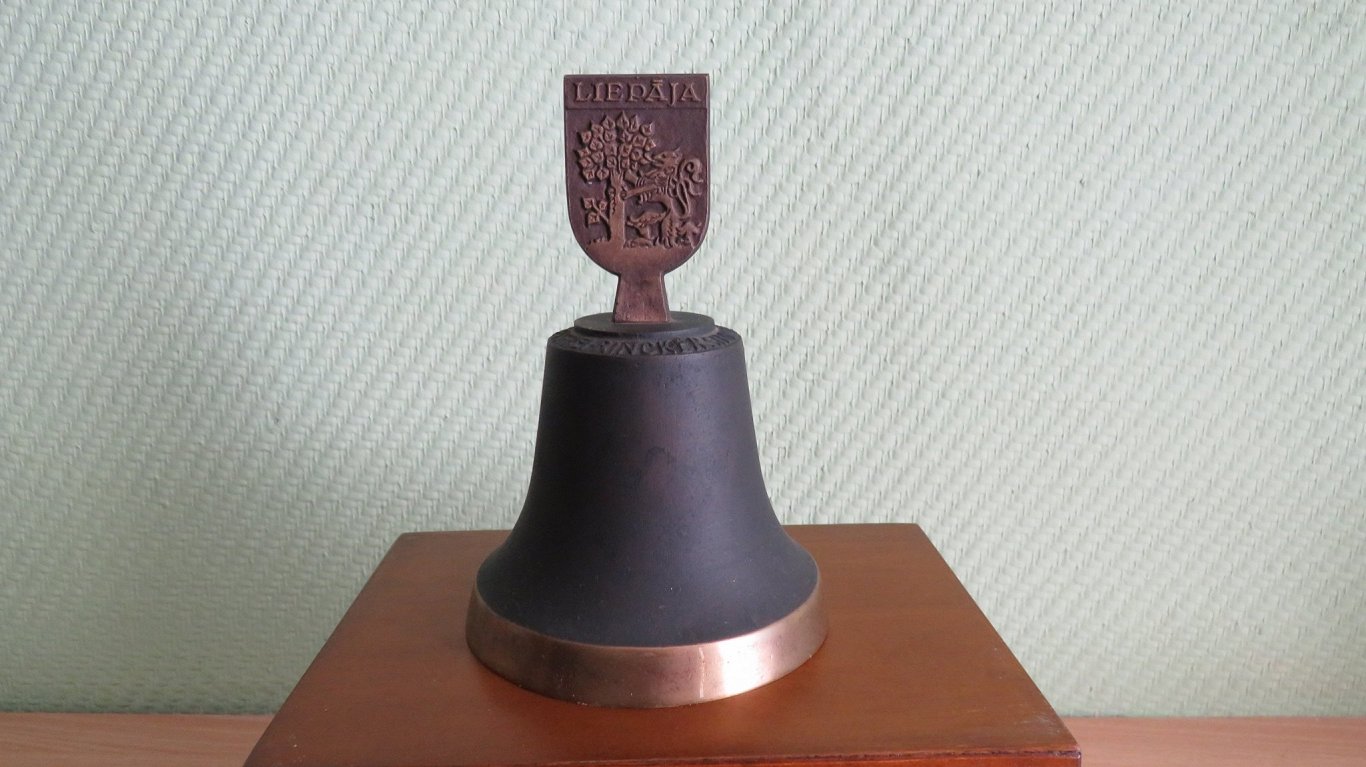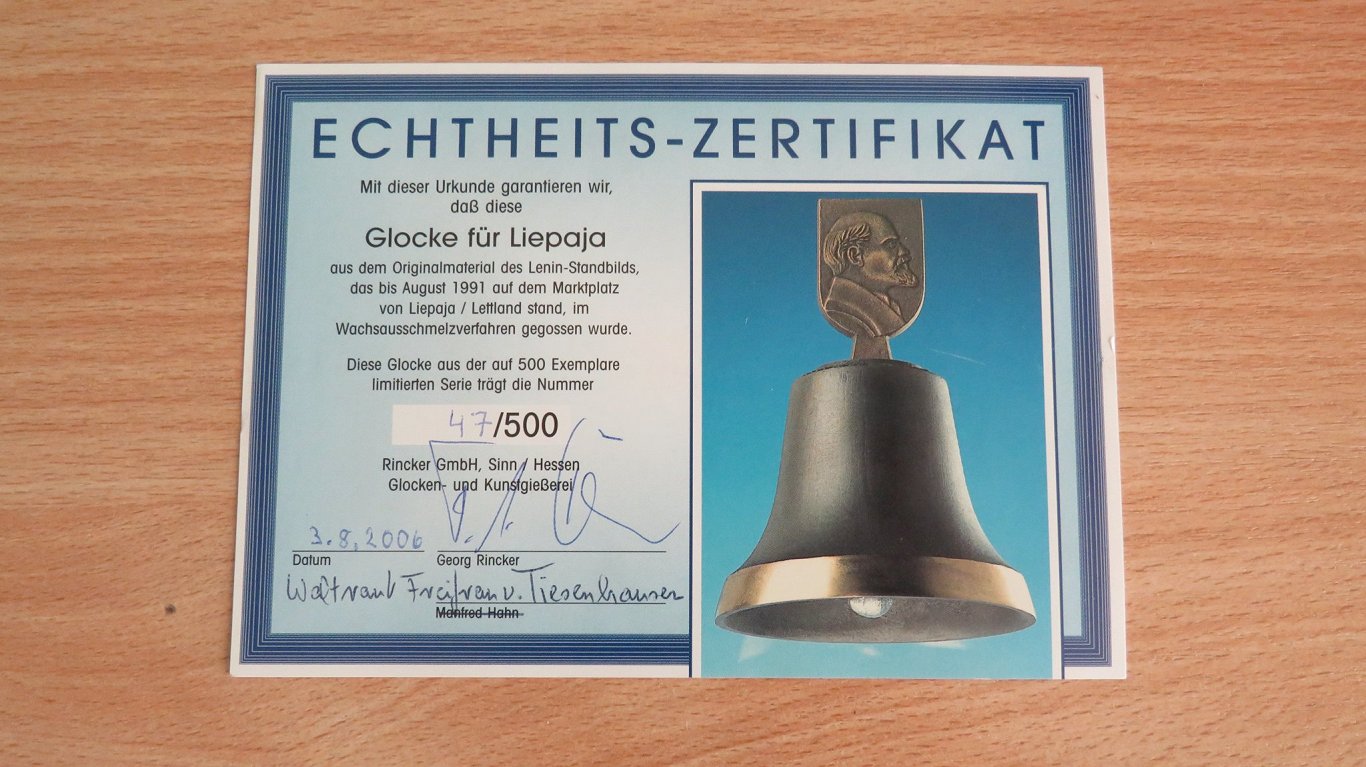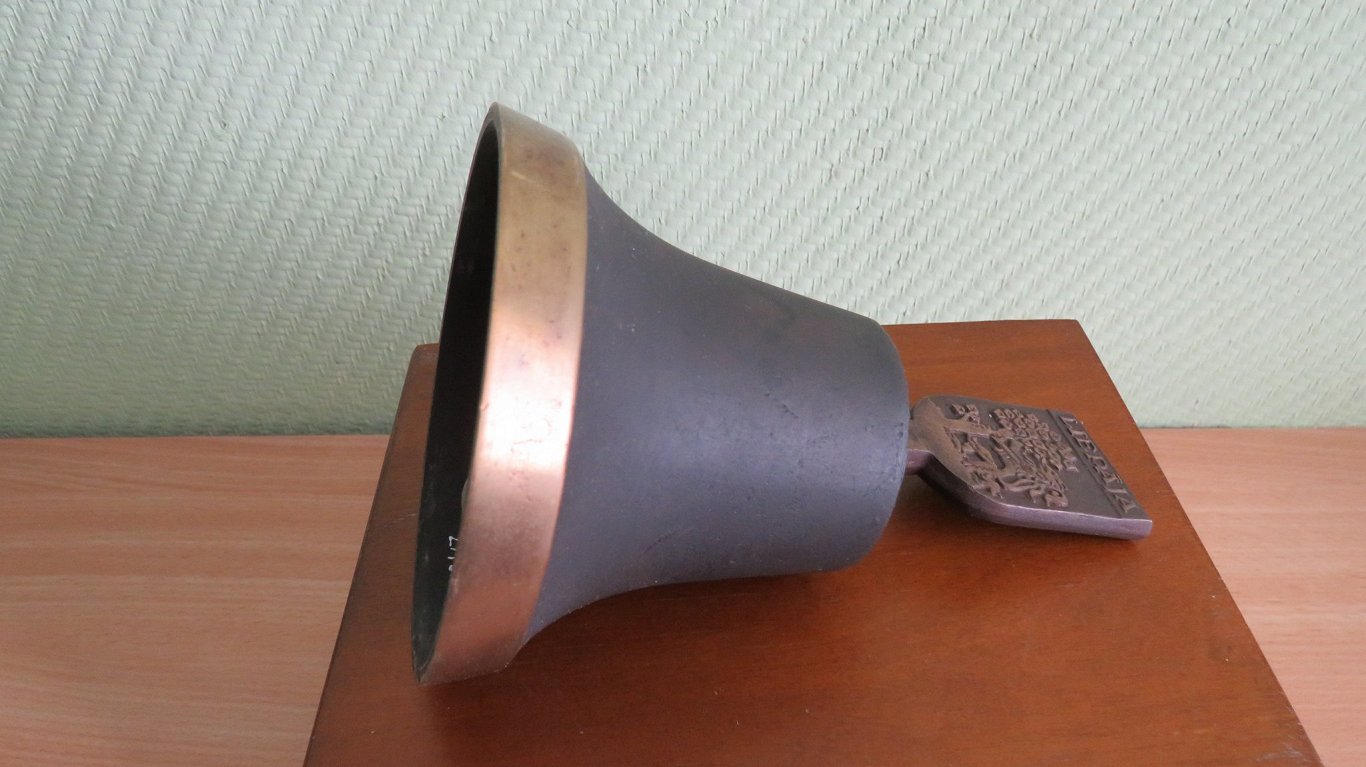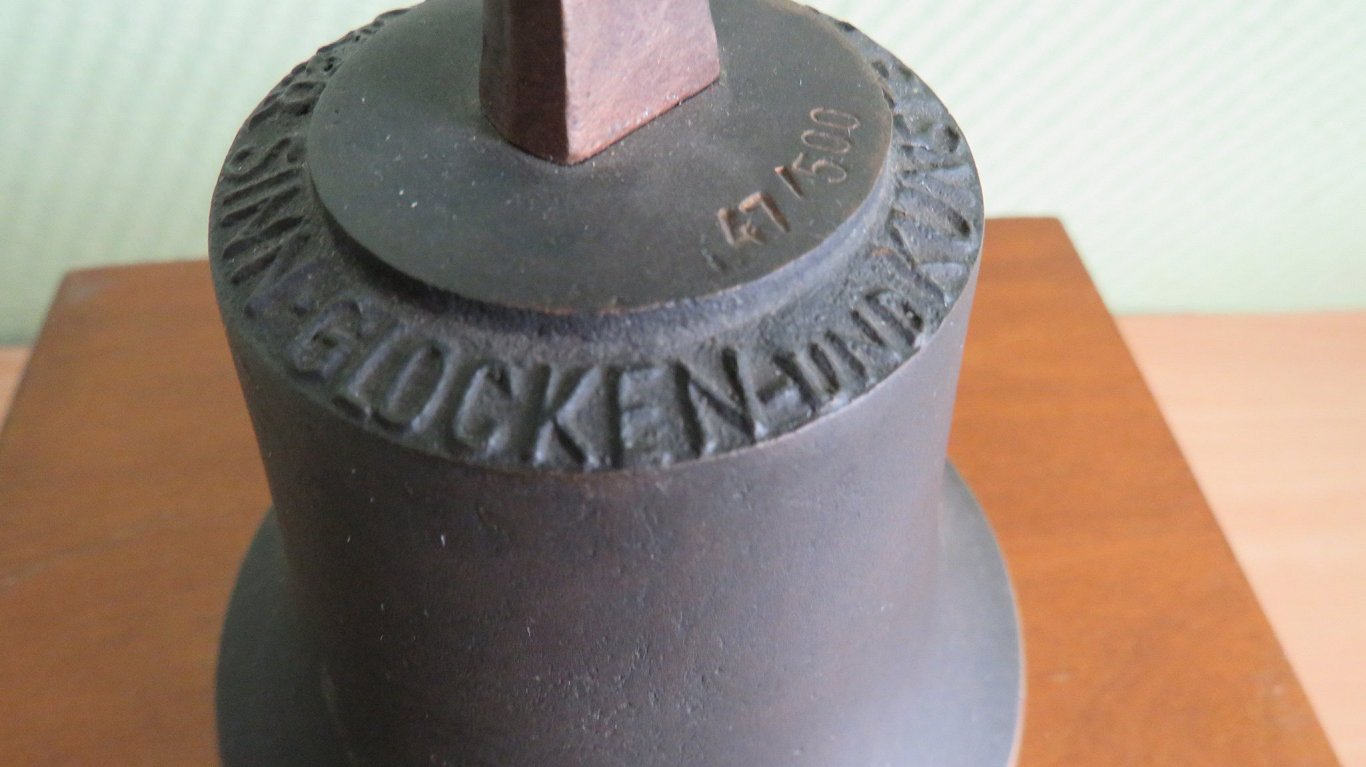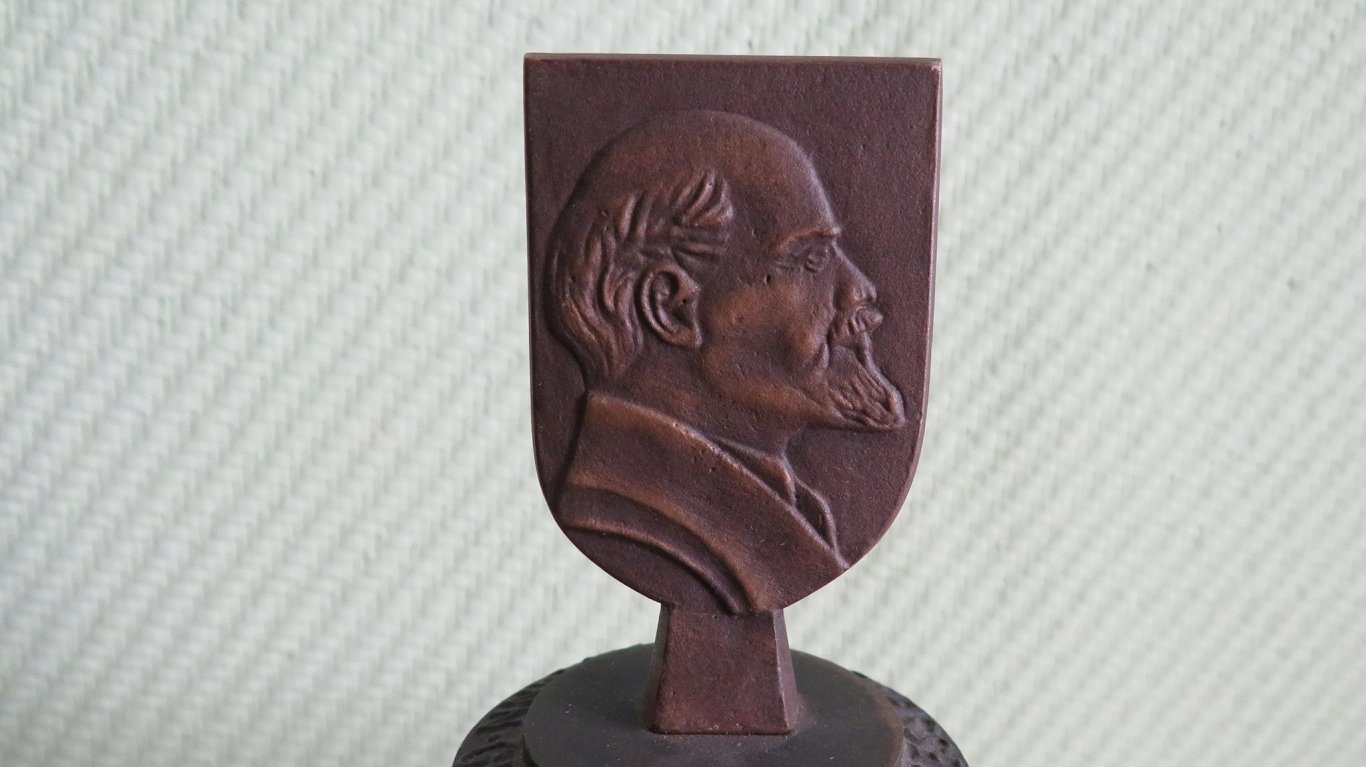The Lenin Monument, made by sculptor Alberts Terpilovskis, was installed in Liepāja in honor of the hundredth birthday of Lenin, which was April 22, 1970.
The story of the events of August 23, 1991 in Liepāja is told by Liepāja Museum representative Sandra Šēniņa.
"In 1989 we – Liepāja section of the Latvian Popular Front – decided to take part in the November 7 parade (in honor of the anniversary of the so-called Socialist October Revolution) to show what it is about – Popular Front, the power of it. Because at that time all companies had to participate in this demonstration. And our column was the largest ever! We showed that we were a force to be reckoned with. I was just in shock then - how many of us! How people were running to get in our column!" said Sandra.
At the time, the Popular Front gained strength throughout Latvia, won several elections and, above all, won a majority in the Supreme Council in 1990 and, thanks to that, a declaration on the restoration of independence was also adopted. All this time, Lenin's monument stood peacefully in the square - guarded by soldiers.
On 23 August 1991, the day after the August coup against Mikhail Gorbachev failed in Moscow, the Popular Front of Liepāja had decided to start a picket at seven o'clock in the morning at the Officers' House.
“It was the anniversary of the signing of the Molotov-Ribbentrop Pact. And the day before, guards were removed from the Lenin Monument and we went there. At that point, the mood was – that's it, enough, we want our own independent country. The decision to topple the monument was taken spontaneously. Something like this today would likely not be possible – so many people! What if the ropes weren't strong enough and the monument had fallen into the crowd?! There was no idea of safety. It would probably be carefully calculated now. But then we really didn't think about it. We just wanted the monument to stop standing there," said Sandra.
"It was found out that the monument weighed 12 tonnes, so appropriate equipment was needed. We started searching. One company refused, the next… We found a crane with 18 tons of lifting capacity (..) we agreed directly with the crane driver," Sandra recalled.
“The dismantling of the monument began at six in the evening. It took a long time. Lenin didn't want to come down. While we fastened the ropes, we got the necessary tension … We thought we could just pick it up and remove it. It turned out to be heavily attached to the post with huge screws and we had to deal with them. But people were standing around and chanting, Come down, get down," Sandra said.
The monument was taken to the site of an asphalt-concrete factory. On the second morning it turned out to be missing a finger, someone had sawed it off.
What to do with the toppled monument? At first, still in 1992, it wanted to sell it whole. At the time, however, everyone was overthrowing monuments and supply exceeded demand many times. And then Baroness Waltraut von Tiesenhausen came to the stage – from Liepāja, German, her family was forced to leave Latvia before the war. She first visited Liepāja in 1990.
It was the Baroness who suggested that if the monument is not sold whole, let us turn it into bells. But let's donate the money to charity.
The bronze monument was moved to Germany with the personal permission of the then Prime Minister of Latvia, Ivars Godmanis. A total of 500 bells were made, each with a handle 15 centimeters high.
Minor mathematical indent. The weight of Lenin's monument – 12 tonnes – was mentioned above. Apparently, along with the post. The weight of the monument itself is 6.5 tonnes. Divided by 500 … One bell weighs 13 kilograms?! It's heavy, of course, but not so heavy! Where's the rest of the bronze? No information could be found. The question remains open.
In the beginning, Lenin bells were sold only in Germany and each cost 500 Deutsche Marks, and later in purchasing them in Liepaja – 140 lats per piece. Baroness von Tiesenhausen has transferred all the funds and continues to transfer to the Liepaja authorities for specific charitable purposes.
Bells can still be purchased, for EUR 260 apiece (details here). There is also a report on the use of funds.
The motto of the bell sales site is “Lenin is being forced to do good deeds”.
